Never sleep: the oldest acting devices

Perpetual Motion. Appalachian Museum (dedicated to the history of the development of the colonists of the region)
If mechanisms and have a soul, then the old, time-tested. Pull out such an ancient device out of the box, brush away the dust, turn it on, but it shines your lights, chirps, rustles cheerfully, as if just yesterday collected by the hands of the master.
Mechanisms with a soul do not die at the expiration date, and during it do not darken life with breakdowns. They act smoothly all the time they measure, but after him they do not retire. They work until they are changed to something new. But even those that have been taken to the basement and disassembled into parts are waiting for them to be assembled again after many years and connected to the network.
In the world there are not too many existing devices that outlive their creators. The fate of each of them hides an amazing story, and you will learn more about some today.
100 year old light bulb
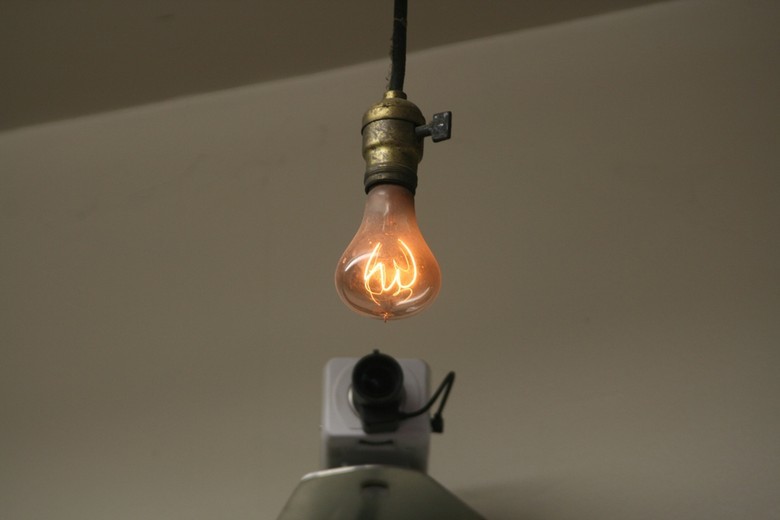
A beautiful, but incorrect name, because the longest-lasting electric lamp has been running continuously from 1901 to the present. In the fire station of the city of Livermore (California, USA), where the lamp is installed, it is claimed that it has been continuously burning for at least 116 years and for the whole of this period was turned off only a few times for a short time.
The light bulb was made by hand by the Shelby Electric Company in the late 1890s according to the drawings of the chief engineer Adolph Schaye, a competitor of Thomas Edison. The carbon filament serves as an incandescent element in the device, which is 8 times thicker than the incandescent filaments of modern lamps.
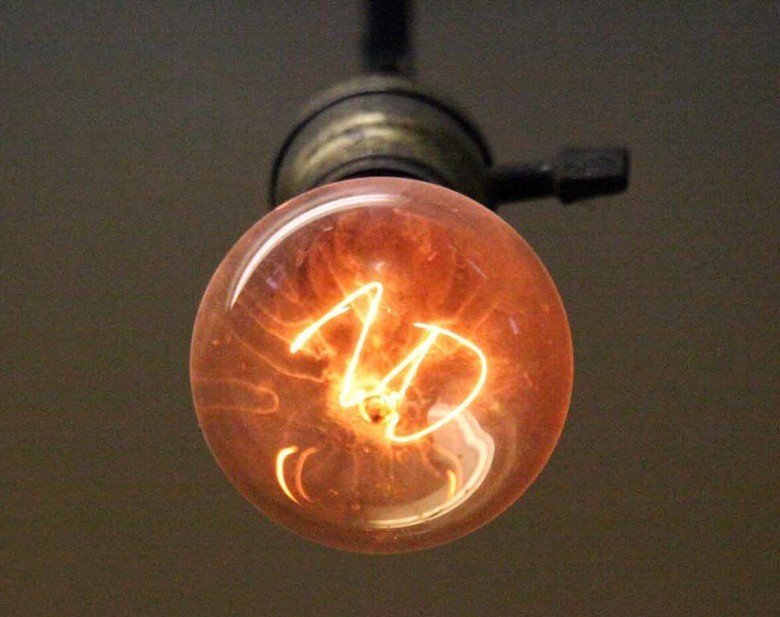
The lamp now only illuminates itself - it operates at a power of 4 watts, although in the first years of the star there is no less than 30 watts of power. Since the lamp is monitored by a special committee, special conditions have been created for it: there are no power surges and a permanent connection to the power source is ensured.
Lampe is dedicated to its own official website , where you can look at it through the camera at any time of the day.
Battery operated since 1840
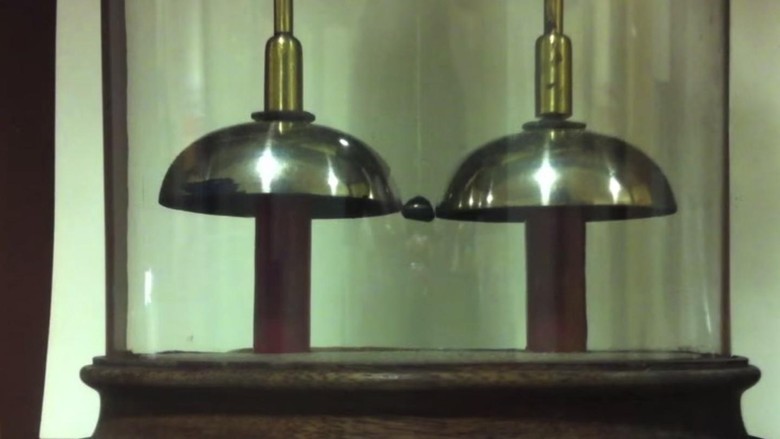
Right now in the world there is a battery that has been running for over 175 years .
The Oxford electric bell is one of the oldest experiments in the world. At Clarendon Laboratory, University of Oxford, there is a bell, which rings for almost two hundred years without a break. The sound is quiet because the device is in a double-layered glass bell. The call is powered by a single battery, installed in 1840.
The call can not be heard, but you can see the process
The device consists of two high-voltage batteries of galvanic cells, the so-called pillars of Giuseppe Zamboni, invented in the early 1800s. Zamboni pillars are distinguished by the use of small discharge currents, high internal resistance of the element and complete integrity from the environment, provided by pouring sulfur into the layer.

Under the batteries there are brass bells-cups fixed on the axes of the battery halves. Between the bells, there is a 4 mm ball suspended on a string, colliding with bells with a frequency of 2 Hz. When a ball enters one of the bells, the corresponding pillar emits a small charge (about 1 nano ampere), pushing the ball electrostatically, causing it to attract itself to the opposite bell.

Bell bells fluctuate constantly and quickly - for all the time more than 10 billion vibrations have been committed.
How long the experiment will continue, scientists do not know, because it is not known exactly what the batteries are made of. It is assumed that inside there are probably several hundred alternating layers of tin foil and paper, impregnated with zinc sulfate and coated on one side with manganese dioxide.
The battery from Oxford University is not the only one of the long-lived ones. There is an unconfirmed opinion that since 1950, a thermoelectric battery has been in Bucharest, which was created by the famous Romanian physicist Nicolae Vasilescu-Karpen.
Beverly watches are counting down the minutes since 1864

If we are talking about experiments, then we will recall another long-term scientific experience related to the operation of the mechanism. Beverly watches at the University of Otago in Dunedin, New Zealand, continue to tick from 1864 to this day. The mechanism, created by the watchmaker Arthur Beverly, is set in motion due to fluctuations in ambient temperature and changes in atmospheric pressure. Temperature fluctuations are most important for the functioning of the clock, as they stop if during the day the temperature changed by less than 6 ° C.
The air in a sealed box of 28 liters expands or contracts, pushing the diaphragm. When the temperature changes during the day, enough pressure is created to keep the watch running. The principle of operation of such a mechanism was developed by the Netherlands inventor Cornelius Drebelbel (1572–1633).
Since 1864, the clock still stopped several times, but for reasons not related to the imperfection of their mechanism. For example, when the watch needed cleaning. Despite this, Beverly watches are considered one of the longest experiments in the world, and the mechanism that is closest in efficiency to a nonexistent "perpetual motion".
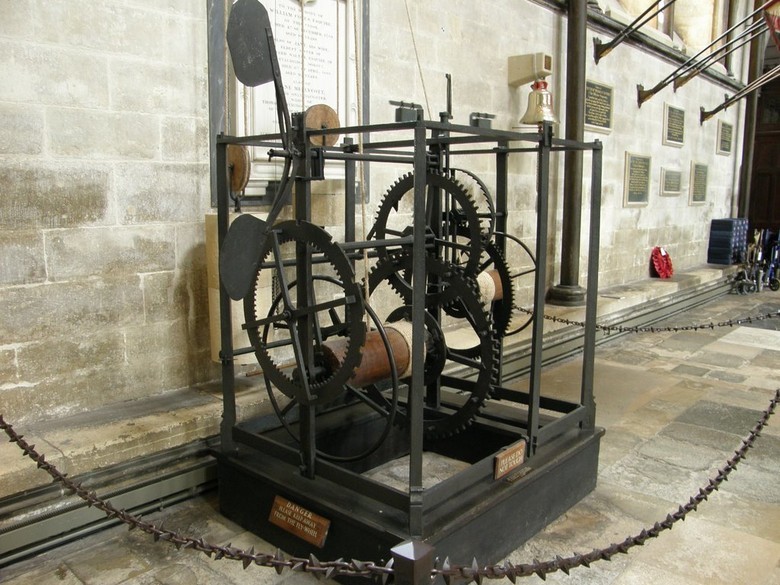
If we talk about the usual hours that require constant care and "plant", then the oldest instance can be called those located in Salisbury Cathedral in the south of England. They have been working (intermittently) since about 1386 .
With massive iron wheels and long ropes, they look more like an industrial-age engine than a regular watch. There are no hands in them, and you can’t find out from this watch how many minutes are left until the next hour. It is impossible to “watch” these watches, but they can be heard - once an hour they emit a bell ringing, signaling that the time has come to go to church or maybe there is.
Oldest operating computers

The server from Stratus Technologies has been running for 24 years running the operating system, which was last updated in the early 2000s. The server never shut down and never crashed. Many elements of this fault-tolerant system are duplicated, over time, some of them have been replaced, but the integrity of the original structure is approximately 80%. Each logical processor of the server is created from 4 physical processors, which are placed in the form of two pairs of sets.
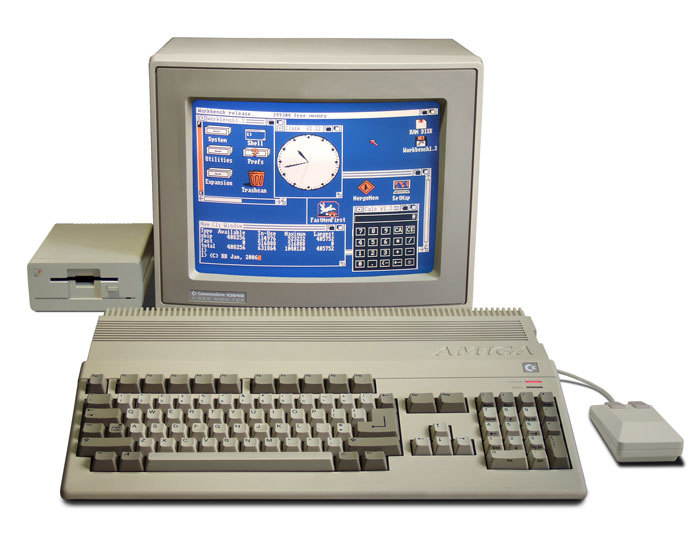
For more than 30 years, the Commodore Amiga computer , purchased in the early 1980s, has been operating in the Grand Rapids school district (Michigan, USA). Commodore Amiga controlled and continues to control heating and air conditioning systems in 19 schools.
The computer, equipped with a 1200-bit / s bandwidth modem, works with software written by a high school student in the early 1980s who still lives in the area and has been supporting the system for the past 30 years.
Throughout his life, Commodore changed two monitors and one mouse - and this is all the costs incurred by the district (not counting the wages of service personnel). A more modern system, which could have replaced the computer, would have cost between 1.5 and 2 million dollars.
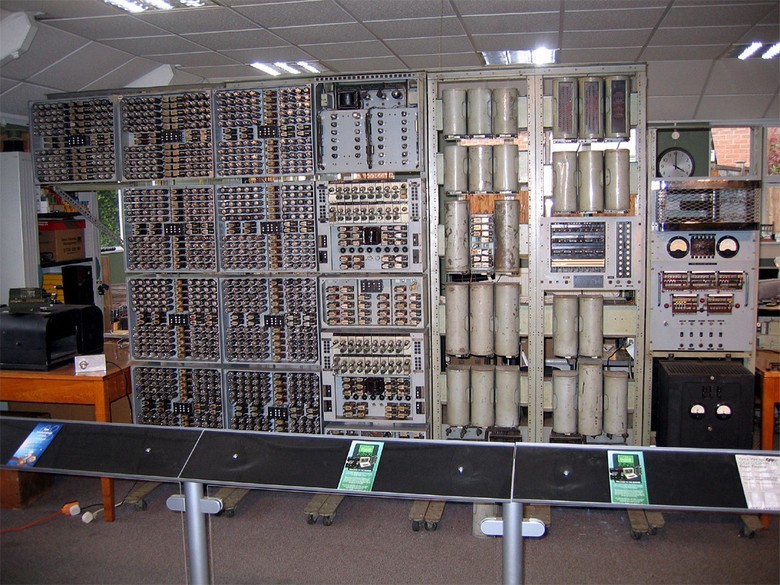
The oldest computer, still processing the oldest programs, is on display at the National Computer Museum in the English county of Buckinghamshire. The 2.5-ton Harwell computer was launched in 1951 to work at the Center for Atomic Energy Research, where it was operated 80 hours a week.
In 1957, new computers replaced him and Harwell transferred to the local technical college Wolverhampton and Staffordshire Technical College, now the University of Wolverhampton. With its help, they began to train future programmers. The computer received the new name “WITCH” - short for Wolverhampton Instrument for Teaching Computation from Harwell, that is, “Wolverhampton Instrument for Computational Training from Harwell”.
In 1973, WITCH was presented to the Birmingham Museum of Science and Industry, where it was located for 24 years. In 1997, the museum was closed, the computer was disassembled into its component parts and sent to the warehouse. He was discovered by chance only in 2009. It took another three years to restore WITCH to its original state and turn it on. Moreover, it launched some original computer programs of the 1950s. To see it in action, watch the video below.
WITCH is a very simple computer that reads data from a punched tape, stores it in volatile memory, and then uses a relay to perform calculations on stored values. The data is output by either an electromechanical typewriter (teleprinter) or a tape punch. The most interesting thing about WITCH is the memory created on the basis of decatrons, large vacuum tubes used to store numerical values. The computer uses a decimal rather than a binary number system.

In addition to WITCH, today in the world there are still some models of existing old computers. And it’s not just about museum exhibits, like the 1958 FACOM 128B computer, which is in working condition at the Ikeda Memorial Hall (Japan). The on-board computers installed in the family of US ground-based intercontinental ballistic missiles LGM-30 Minuteman have served in the US Air Force since 1970 and are currently in service.
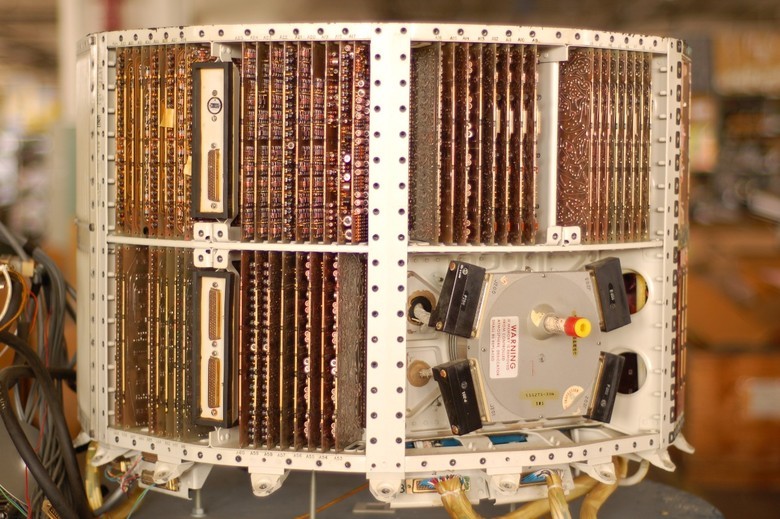
Computer Autonetics D-17 from the Minuteman I rocket
The LGM-30 Minuteman rockets used a computer (D-17, then D-37C, and several other modifications), which was one of the first transistor computers that stored data on a hard magnetic disk; D-17 kept in mind the coordinates of the target and could be redirected by reprogramming in a relatively short time. In addition, the program was optimized and updated, without any mechanical changes in the rocket itself or its navigation system, which over time allowed keeping up to 8 targets in memory at the same time and extremely flexible adaptation of the nuclear strike strategy.
LGM-30 Minuteman-3 with on-board computers, which are already more than 40 years old, is planned to remain in service until 2030.
The longest-lived solar battery
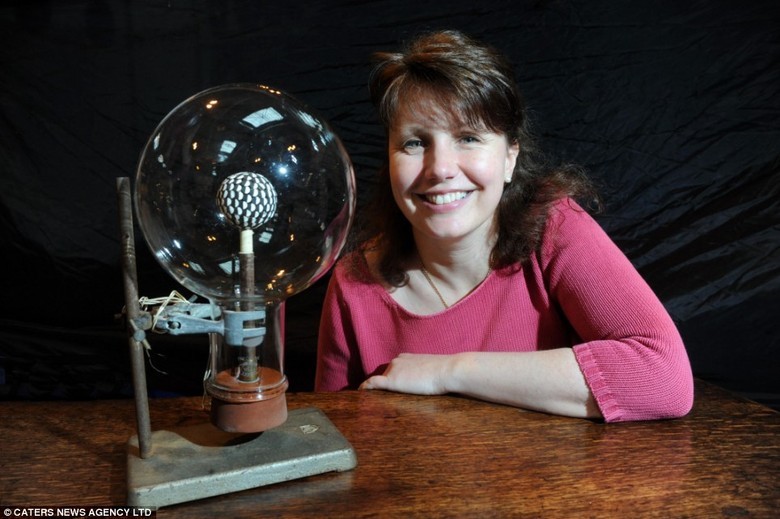
In 2010, in the UK, they found a solar battery that had lain in a box for 60 years - and it turned out that it still works.
The battery, made in the shape of a glass ball, was created in 1950. Under direct sunlight, the device can generate 1.5 volts. To convert light into electricity, photosensitive selenium is used. Even a relatively small amount of selenium significantly increases the efficiency of light absorption. Selenium, like silicon, emits electrons when it enters sunlight, creating an electric current.
In fact, the prescription of technology that we used to associate with the 21st century is not surprising. In 1883, Charles Fritz covered the silicon semiconductor with a very thin layer of gold and got a solar battery, the efficiency of which was no more than 1%. Russian physicist Alexander Stoletov developed this concept in 1888 and built the first solar cell based on an external photoelectric effect.
And what is the oldest active device you have?
')
Source: https://habr.com/ru/post/373377/
All Articles